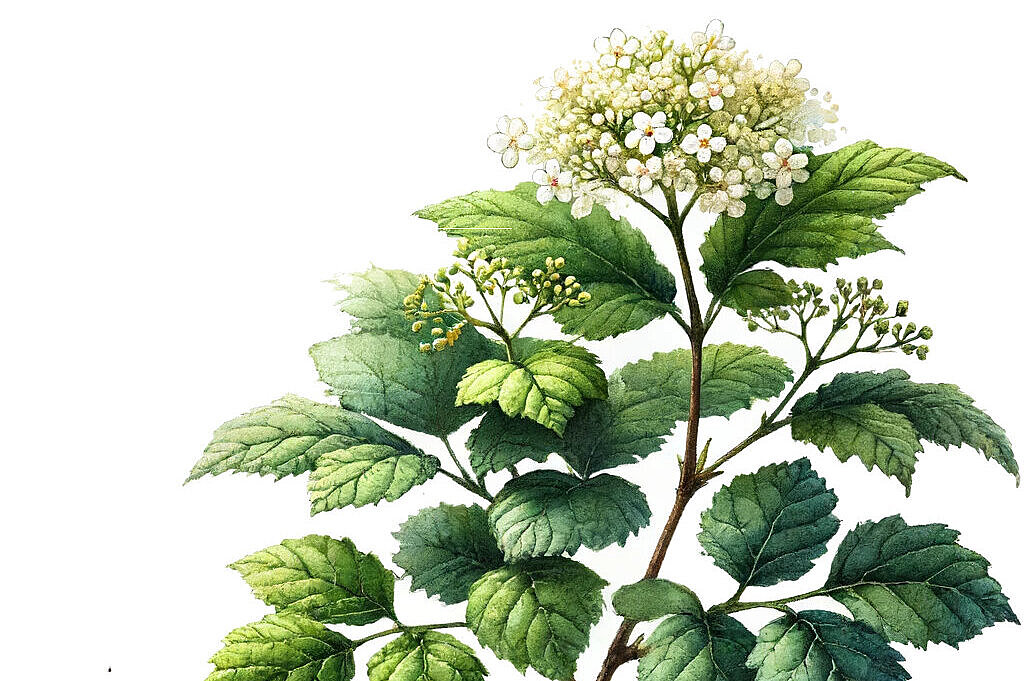Lilac

Lilac, with its beguiling fragrance and picturesque flowers, adorns many gardens and parks. But beyond its aesthetic appeal, this plant has interesting aspects in terms of the health and well-being of our four-legged friends. In this article, we take a deep dive into the world of lilacs, shed light on what they actually are and explore in detail the benefits and disadvantages they bring for dogs.
What is lilac?
Lilac (Syringa vulgaris) belongs to the olive family (Oleaceae) and is mainly native to Europe and Asia. This perennial plant is characterized by its lush flower clusters, which can appear in a variety of colors, including white, purple and magenta. Lilac is not only popular for its pleasant fragrance, but also for its robustness and longevity as an ornamental plant.
Advantages of lilacs
Aesthetic value and sensory stimulation
Lilacs can be an asset to a dog's environment. The varied colors and intense fragrance can stimulate a dog's sensory experience and contribute to a stimulating environment. This sensory stimulation is important for the cognitive development and general well-being of dogs.
Potential health benefits
Although direct health benefits of lilac for dogs have not been fully scientifically proven, studies indicate potential positive effects of essential oils on animals. These could have stress-reducing effects in a therapeutic application, such as by diffusing the scent in the air. However, it is important to take this with a grain of salt, as the direct application of essential oils to dogs or their uncontrolled inhalation can be harmful to their health.
Disadvantages and precautions
Toxicity of lilac
A major disadvantage of lilac in relation to dogs is its toxicity. Although lilac is not one of the most toxic plants for dogs, parts of the plant, especially the leaves and stems, can cause gastrointestinal symptoms such as vomiting and diarrhea if ingested. It is therefore crucial to ensure that dogs do not have access to fallen flowers or cut parts of the plant.
Allergic reactions
Another potential risk is the possibility of allergic reactions. While this is less common in dogs than in humans, some animals can be sensitive to plant pollen or fragrances. Symptoms of such a reaction can include skin irritation, sneezing and, in rare cases, breathing difficulties.
Lilacs undoubtedly provide aesthetic and sensory enrichment to human habitats and can also be beneficial to dogs in certain circumstances. The potential health benefits, particularly in terms of sensory stimulation and possible stress-reducing effects, are interesting, but the risks must not be overlooked. The toxicity of the plant and the risk of allergic reactions require careful handling and monitoring to ensure the safety and well-being of our dogs. Overall, handling lilacs around dogs should be characterized by caution and awareness of the potential dangers to ensure the health and enjoyment of our faithful companions.
If you notice any signs of hypersensitivity or poisoning in your dog, you should see your vet immediately. We are not a substitute for a vet, but we try to be as accurate as possible. Every dog reacts differently and we recommend you get a second opinion or consult your vet if in doubt.
Stay healthy and take good care of your four-legged friend!😊
Similar to Lilac
Forsythia, also known as the golden bell, belongs to the olive family (Oleaceae) and is mainly native to East Asia. The plant is cultivated as an ornamental shrub in many parts of the world and is...
Deutzias belong to the hydrangea family (Hydrangeaceae) and are predominantly deciduous shrubs. They vary in size and can grow between 1 and 3 meters high. In spring and early summer, deutzias adorn...
Weigelia belong to the honeysuckle family and comprise around 12 species of deciduous shrubs originally from East Asia. They are particularly prized for their long-lasting and colorful flowers,...
The term "snowball" refers to a number of plant species from the genus Viburnum. This genus includes over 150 different species, which are valued both as ornamental shrubs and for their robust,...



